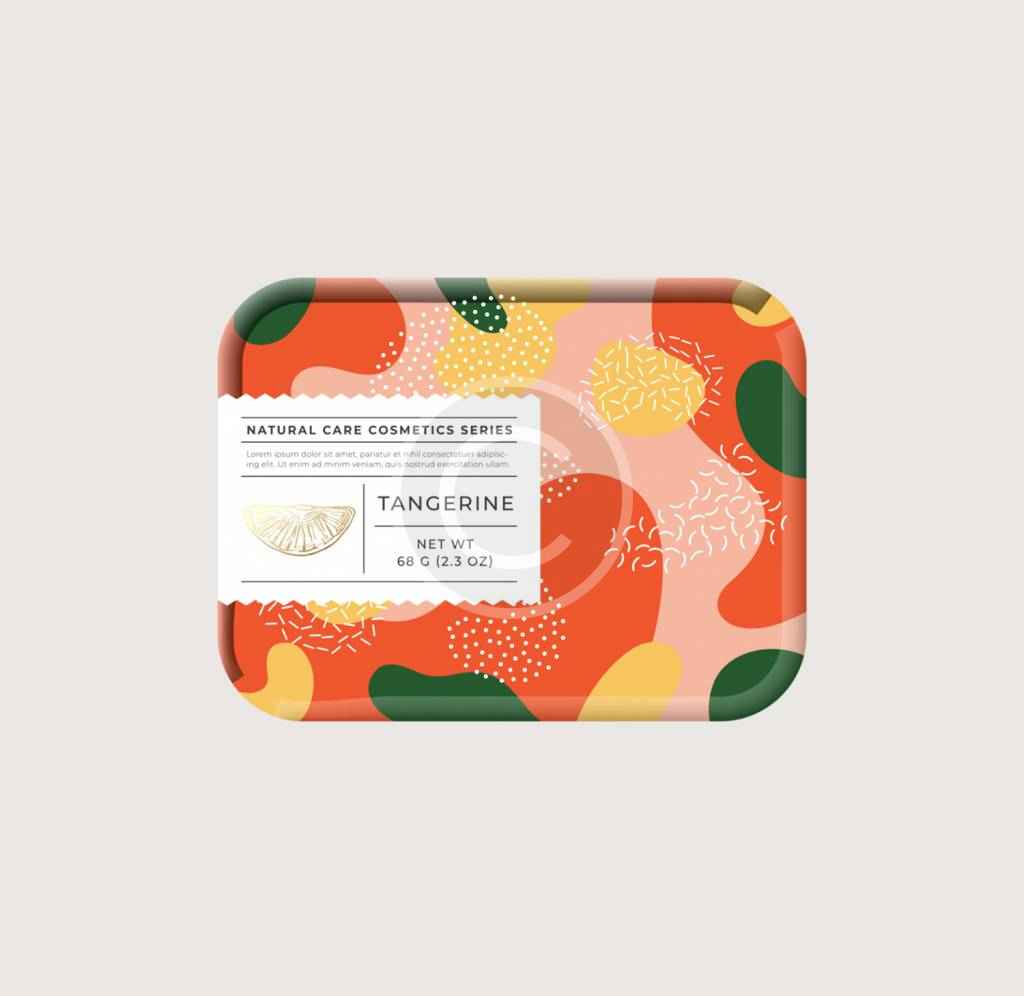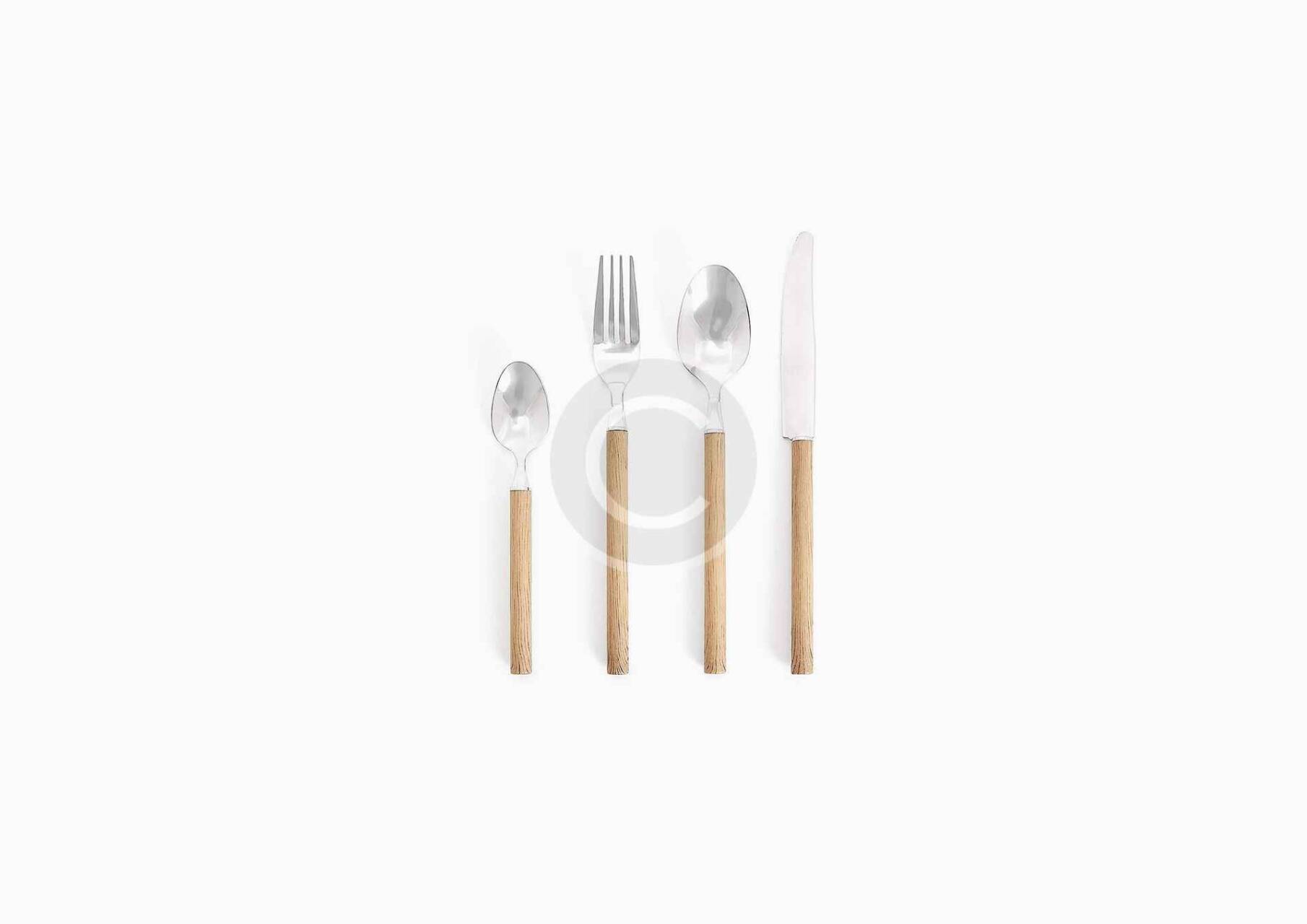Tesla Brand Book
Dicta sunt explicabo. Nemo enim ipsam voluptatem quia voluptas sit aspernatur aut odit aut fugit, quia. Dicta sunt explicabo. Adipiscing elit, sed do eiusmod tempor incididunt ut labore et dolore magna aliqua. Ut enim minim veniam quis nostrud exercitation ipsam voluptatem.




